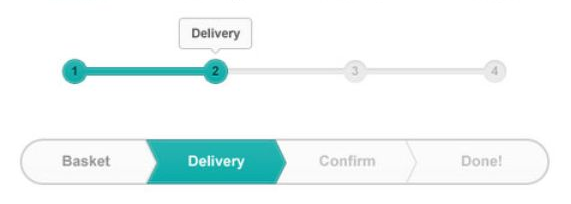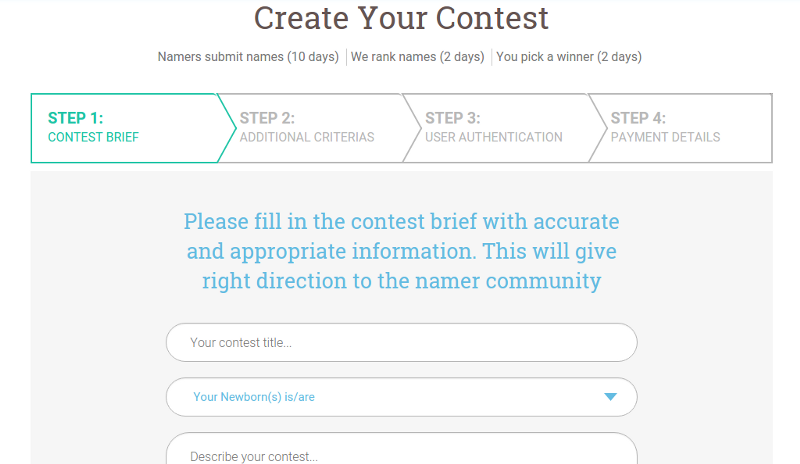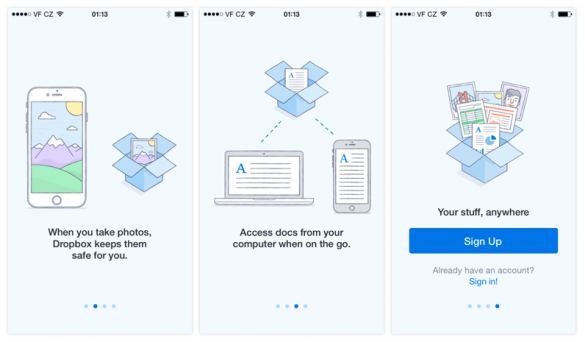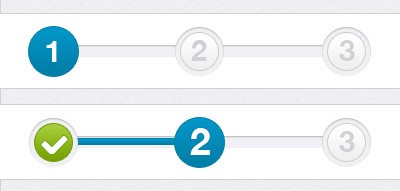Progress Trackers in UX Design

When designing a large ecommerce site or complex online service, most probably you will be asked to design a system for ordering or configuration online. Walking users through this process by making it easy and intuitive is key to helping increase conversion rates. Any frustration along the way may cause them to leave and pursue other options.
A easy-to-use stepped process helps users avoid frustration and successfully complete a primary task. In this article we will overview various uses of progress trackers and see how they can be implemented.
What Are Progress Trackers?
Progress trackers (or progress indicators) display progress through a sequence by breaking it up into multiple logical and numbered steps. They guide the user through a number of steps in order to complete a specified task. Good progress tracker should inform users about following aspects:
- What steps (or tasks) they have completed (preferably with a proper visual response)
- Current step they are on (user’s current location within the process).
- Which and how many steps still remain (preferably with clear designation).

- Logically group input data
- Set clear expectations for the user
- Track progress within a complex process
Why Do They Work?
Progress trackers create a clear path to completion. Studies show that offering users a clear idea of how many steps it takes to get to the final target can significantly reduce abandonment. From the psychological point of view, this makes a lot of sense. If you know how many steps you must complete in the process, you’re more likely to complete the process.

Online Ordering
By far the most common use-case of progress trackers is in conjunction with online purchasing, since this task can be naturally split up into multiple steps.

Multi-Step Forms
If a form requires a lot of user input, it may be good to split the form into multiple steps.

Onboarding
Progress trackers are also used to guide users through the features of apps and services. You can use dots when the number of steps isn’t large (like in Dropbox example below).

Setting Users Expectations
When a user is going to take on a complicated process, it is important to manage their expectations up front and tell them how much time and effort it will take. If the user thinks the task will take two minutes, but in reality it takes ten, the user won’t have a positive experience.
Providing a description of the process will help users prepare for a more complicated task. Its also a good idea to give an estimate of how long the task takes to complete, especially when the steps don’t map one to one (e.g. some steps are longer than others).
Establishing a Logical Flow
- Show the direction of movement. It’s better to use arrows in order to emphasize the direction, because the lines alone don’t provide much of a “flow.”

- Use icons in conjunction with words to describe the steps in the process. It should be clear for users what step sequence.

- Don’t make the process too long. 3–5 steps will be enough.
- Use numbers to describe the steps and indicate where in the process the user is (e.g., Step 3 of 5)
Keeping Users Informed of Their Location
“Where am I?” is one of the fundamental questions users need to answer to successfully navigate. That’s why a key aspect of good progress tracker design is keeping the user informed of where the user is within the process. This improves the logical progression because the users will know where they are in relation to where they have been, and what sections are to follow next.
You should offer a good visual representation of progress. Users rely on visual cues from navigation elements to answer this critical question.

Conclusion
Design progress trackers to be easy, understandable and unobtrusive and don’t forget about their visual appearance that also should attract and guide users visually. Think “users first.” Remember that we aren’t designing for designers. We are designing for our users. Ultimately, good progress trackers can make users stick around to finish the task and generally have a more positive impression of your site or application.
Thank you!